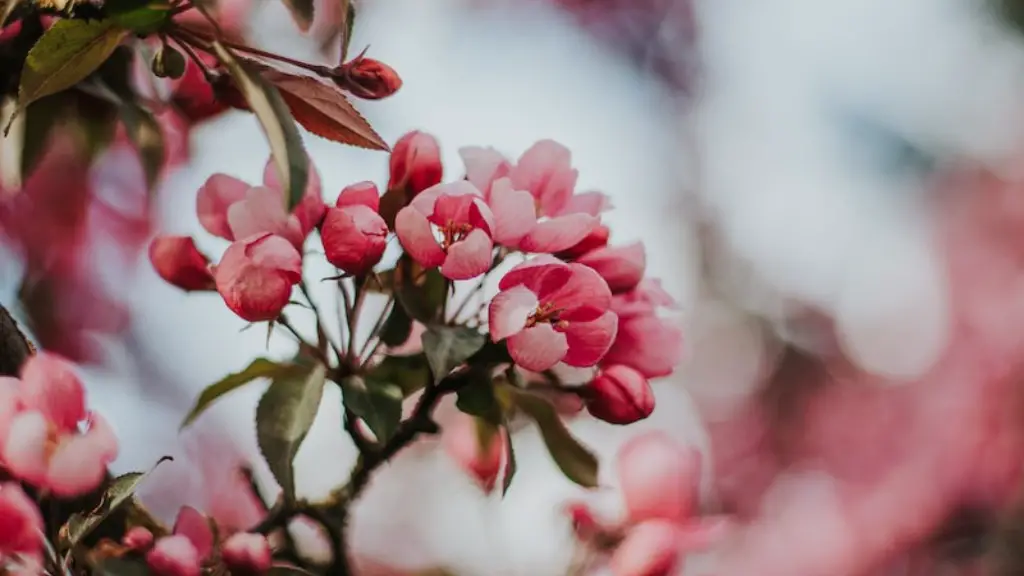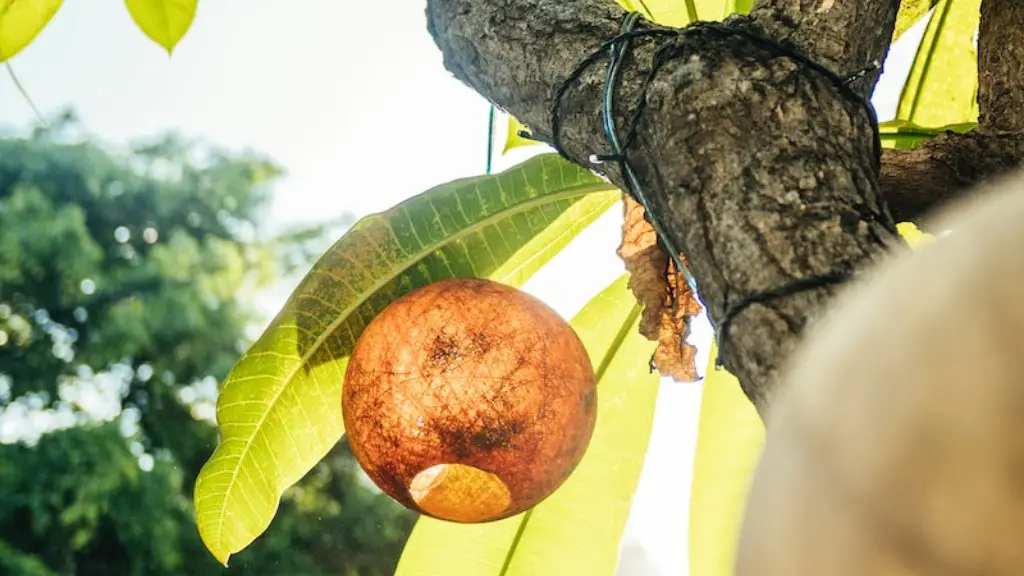Caring for a Cherry Tree to Help it Produce Fruit
Having a cherry tree in your garden can be an attractive addition to your landscape as well as a great potential source of fruit. Of course, for the tree to be fruitful and produce the anticipated cherries, it needs to be properly looked after. This requires a certain amount of knowledge of the needs of the particular type of cherry tree in your garden, but with resources available online, it should not be overly difficult.
Potentially, almost any cherry tree will be capable of producing some fruit. The amount produced and the quality of that fruit will depend on a number of factors, including how well the tree is maintained, it’s environment and any diseases or pests with which it may become afflicted. It is important, therefore, to understand how best to care for your cherry tree so as to maximize its prospective yields.
Choosing the Right Variety of Cherry
Different varieties of cherry trees vary greatly in their characteristics, including size and shape, ideal amount of light and water, their resistance to disease, the type of soil they prefer and the season in which they will bear fruit. It is therefore important to understand the needs of the particular variety of cherry tree you have in your garden, or else to choose a variety that is best for the conditions it will be in. It is also important to consider any specific tastes or expectations you may have for the tree and its fruit.
One particularly important factor to consider is whether your cherry tree is self pollinating or not. Generally, where there is only one cherry tree, it is best that it is self pollinating, however, if you have the space for more than one, other species of cherry tree that require another’s pollen for pollination might be considered.
Economic Considerations
In addition to the environmental factors of growing a cherry tree, there are economic considerations to be taken into account as well. Growing a cherry tree can require a significant investment of time and money. For example, if your cherry tree is afflicted with a disease, it may be necessary to spend money to treat the tree, while it takes regular care and attention to help keep it healthy.
It is important to bear in mind that it may take several years before the tree produces a reliable crop of fruit. Furthermore, even once a tree is producing fruit, there can be a lot of work involved In maintaining and harvesting it. This means that care needs to be taken when considering whether growing a cherry tree makes for a sensible economic proposition.
Fertilizer and Pruning
Fertilizer should be applied in spring and, ideally, again in the fall. Additionally, fertilizers specific to fruit trees may be employed and, in some cases, organic fertilizers may be preferred. If a dressing of mulch is to be applied, this should also be done in the late fall, prior to the ground becoming too hard so as to lock in any nutrients applied.
Pruning is also important as, while it is important to encourage the tree to produce fruit, pruning can also help to direct the growth of the tree and reduce the chances of it becoming too large and causing obstructions, as well as directing energy towards producing fruit. Generally, pruning should be undertaken in the winter when the tree is no longer actively growing, although some light pruning may also be done in early spring.
Preventing Disease and Pest Damage
One of the major threats to the successful production of a good yield of cherries from any tree is disease or pests. It is important, therefore, to understand the particular type of disease or pests which may present a danger and to know the best ways to combat them if they occur. This can often be done through preventive measures, such as ensuring that the leaves of the tree are regularly kept clean and looking for signs of early infection.
It is also important to avoid over-watering or over-fertilizing, as this will encourage any potential disease or pests to thrive. Furthermore, it is also beneficial to rotate the crops that are planted in the immediate vicinity, as this can help prevent build-up of any particular species over time.
Beneficial Insects and Diseases
There are a number of beneficial insects, such as lady beetles and lacewings, that can actually help protect a cherry tree from unwanted pests or diseases. Additionally, certain diseases, such as powdery mildew, can cause problems with a cherry tree, however, it is important to understand that there are also a number of diseases which a cherry tree can suffer from that are not necessarily particularly harmful.
This means that good tree management and understanding how to protect the tree from pests and diseases are key components to getting a cherry tree to produce fruit. Good care should include regular monitoring of the tree’s leaves and branches, as any early signs of disease or pests can be quickly remedied before they cause any significant damage.
Pest Control
Finally, while prevention is always preferable to treatment, in some cases, pest control may be necessary. This is particularly the case with birds and larger mammals, as they can be particularly adept at manipulating fruit from a tree even where other means are employed. Different approaches, from bird scarers to the employment of a cat or specially trained dog, can be used to effectively remove these pests.
By following the advice above and possessing a certain amount of knowledge about the needs of your particular cherry tree, it should be possible to produce a satisfactory crop of cherries from your tree. By exercising caution and taking the best care possible of your tree, as well as keeping an eye out for any signs of pest or disease damage, you should be able to maintain a healthy, productive cherry tree.
Ventilation, Sunlight and Soil Quality
It is important to make sure that your cherry tree gets enough ventilation and sunlight throughout the year and that the soil it is planted in is of good quality, as these are crucial to the productivity of the tree. As with other plants, a cherry tree too much shade can lead to weak growth. Furthermore, a soil that is too rich or not well aerated can lead to unhealthy growth as well.
In terms of ventilation, it is important to make sure that the leaves of your cherry tree are not kept too wet, as this can lead to the development of fungus, particularly if it is in a humid climate. Too little ventilation, on the other hand, can lead to a decrease in yields of fruit.
Therefore, it is best to ensure that your cherry tree has access to good airflow and is not over or under-watered. This will make sure that the tree can produce as much fruit as is possible in the conditions in which it finds itself.
Soil Amendments and Maintaining Acidity Levels
If the soil in which your cherry tree is planted is of inadequate quality, it may be necessary to amend it with organic matter in order to improve its quality and make sure that the tree is able to properly absorb its nutrients. Additionally, it can also be beneficial to adjust the acidity of the soil, as some cherry trees prefer a more acidic soil than others.
Adjusting the pH of the soil can be done in a number of ways, such as adding organic matter, adding mulch, applying sulfur dust or applying iron sulfate. It is important to monitor the soil regularly and to make sure that it is kept at the best acidity level for the particular cherry tree in your garden.
Tree Structure and Bearing
Finally, it is also important to understand the structure of your cherry tree, as this will have an influence over how and when it will bear fruit. For example, some varieties are more suited to a central leader, while others produce fruit on large and long- hanging branches. It is therefore important to understand the particular variety of cherry tree you have and to know the best way to configure its branches for best results.
By understanding the requirements of your particular species of cherry tree and taking proper care of it, it should be possible to get a cherry tree to produce fruit. While it holds the potential to be a rewarding and enjoyable experience, it is also important to be aware of the various pressures and inputs that are necessary in order to achieve a good crop.
Regular Inspections and Fertilization
It is important to regularly inspect your cherry tree for signs of disease, pests or any other abnormality, as this will make it easier to detect any problems before they become too serious. The same goes for fertilizing, as it is important not to over-fertilize, as this can have a negative effect on the tree.
By applying the correct amounts of fertilizer, according to the particular species of cherry tree you have, it will be possible to maximize the potential of the tree and get it to bear fruit. Additionally, while it is wise to fertilize the tree during the winter, it may also need to be fertilized during the spring, when the tree is actively growing, in order to give it the best chance for a healthy crop.
Irrigation and Drought Protection
In terms of irrigation, it is important to ensure that the cherry tree is not over-watered, as this can lead to waterlogging and, if left unresolved, root decay. If the tree is planted in a location where it is particularly susceptible to drought it is also beneficial to ensure that it is able to access a good amount of moisture and water.
This can be done through a number of methods, such as regular but shallow irrigation or the use of a drip irrigation system, as well as the use of underground pipes and dams. Additionally, mulch can be used to help maintain moisture levels and discourage weeds. Finally, special measures may be taken during extreme drought, such as spraying water on the tree to help keep it hydrated.
Conclusion
By understanding the particular needs of you particular cherry tree and taking the best care of it, it should be possible to achieve a good crop. This includes choosing an appropriate variety of cherry tree, monitoring the environment in which it is located, ensuring it gets enough fertilizer and water, as well as understanding and protecting it from pests, diseases and extreme weather conditions.




